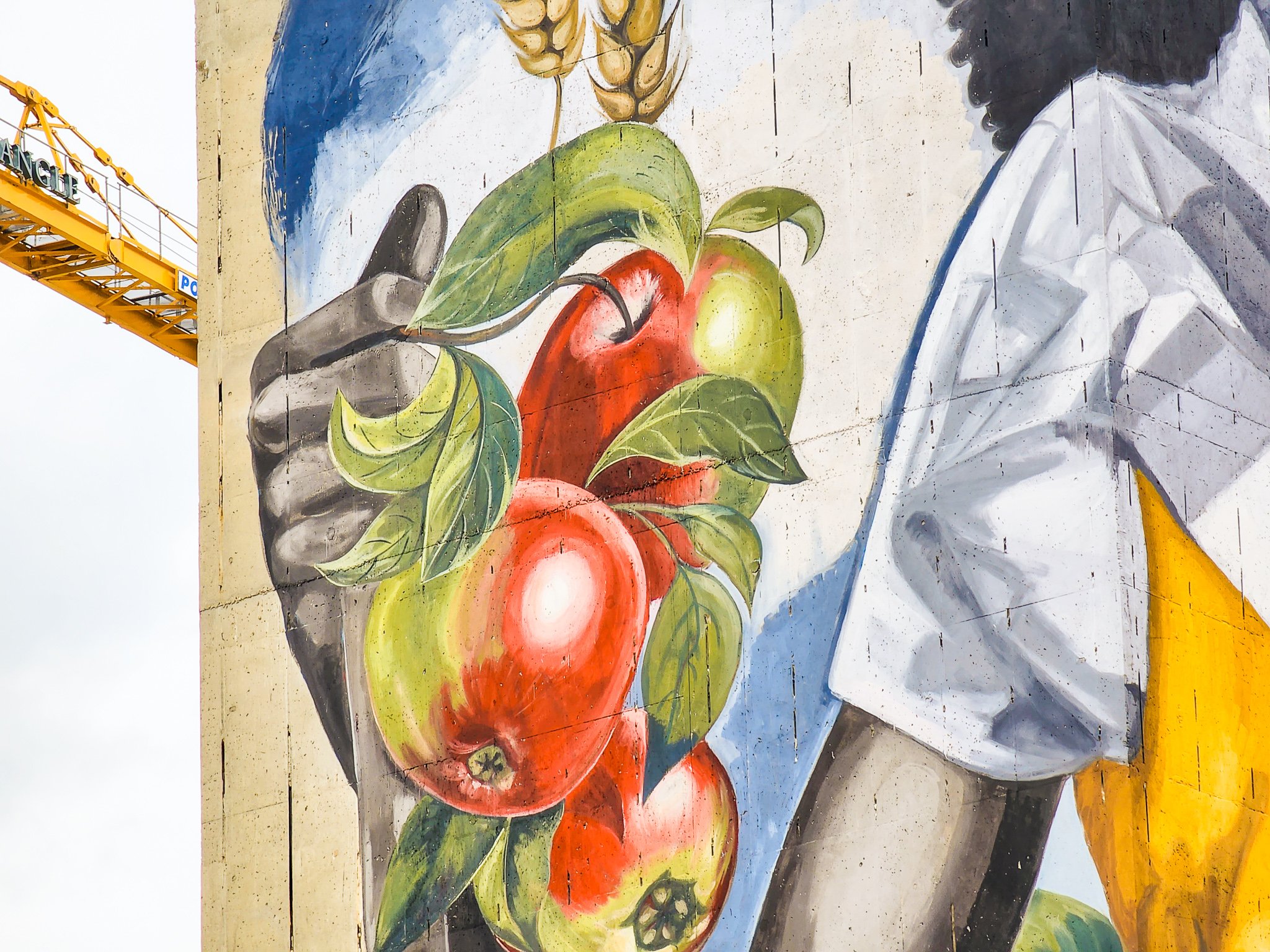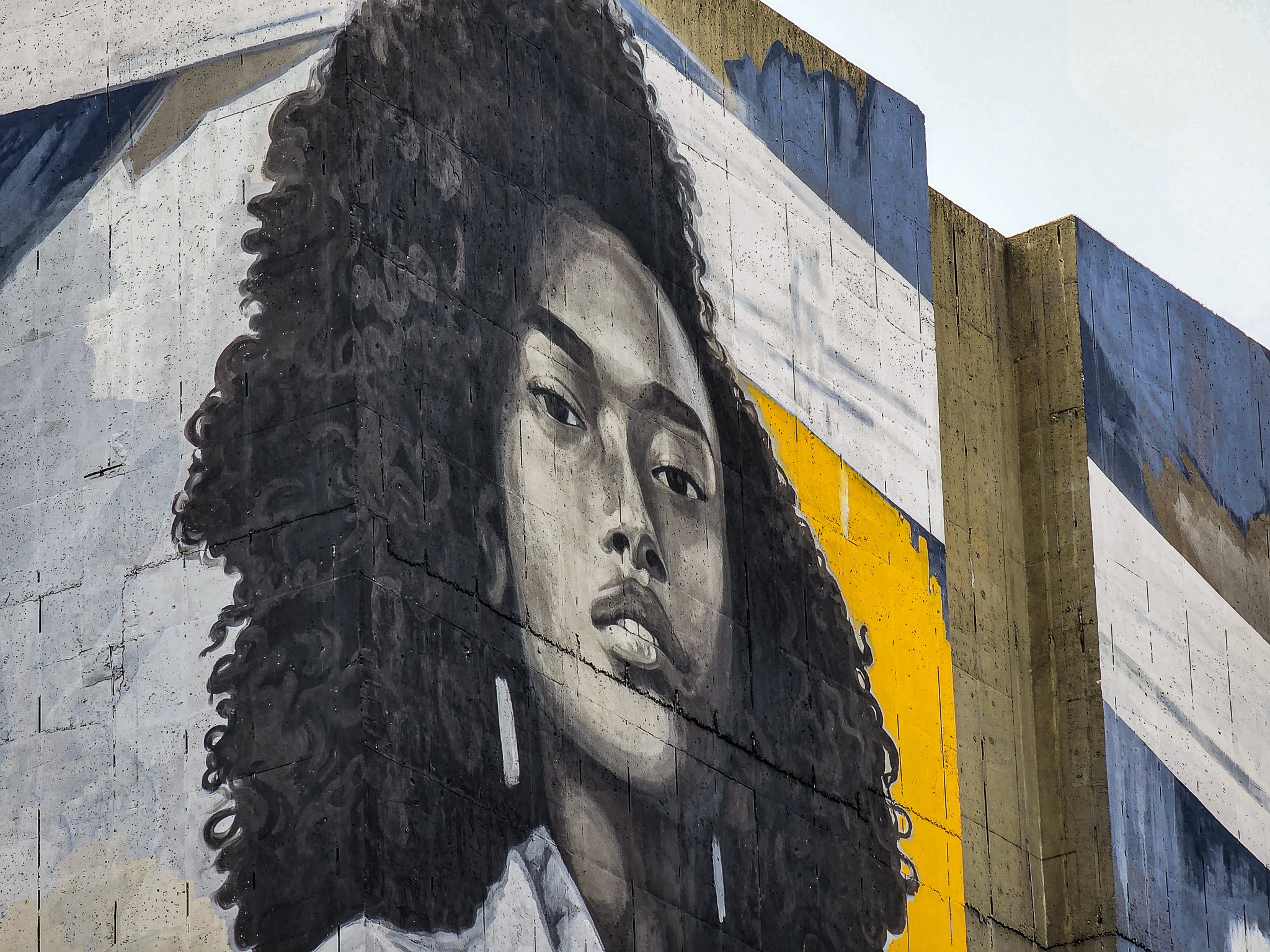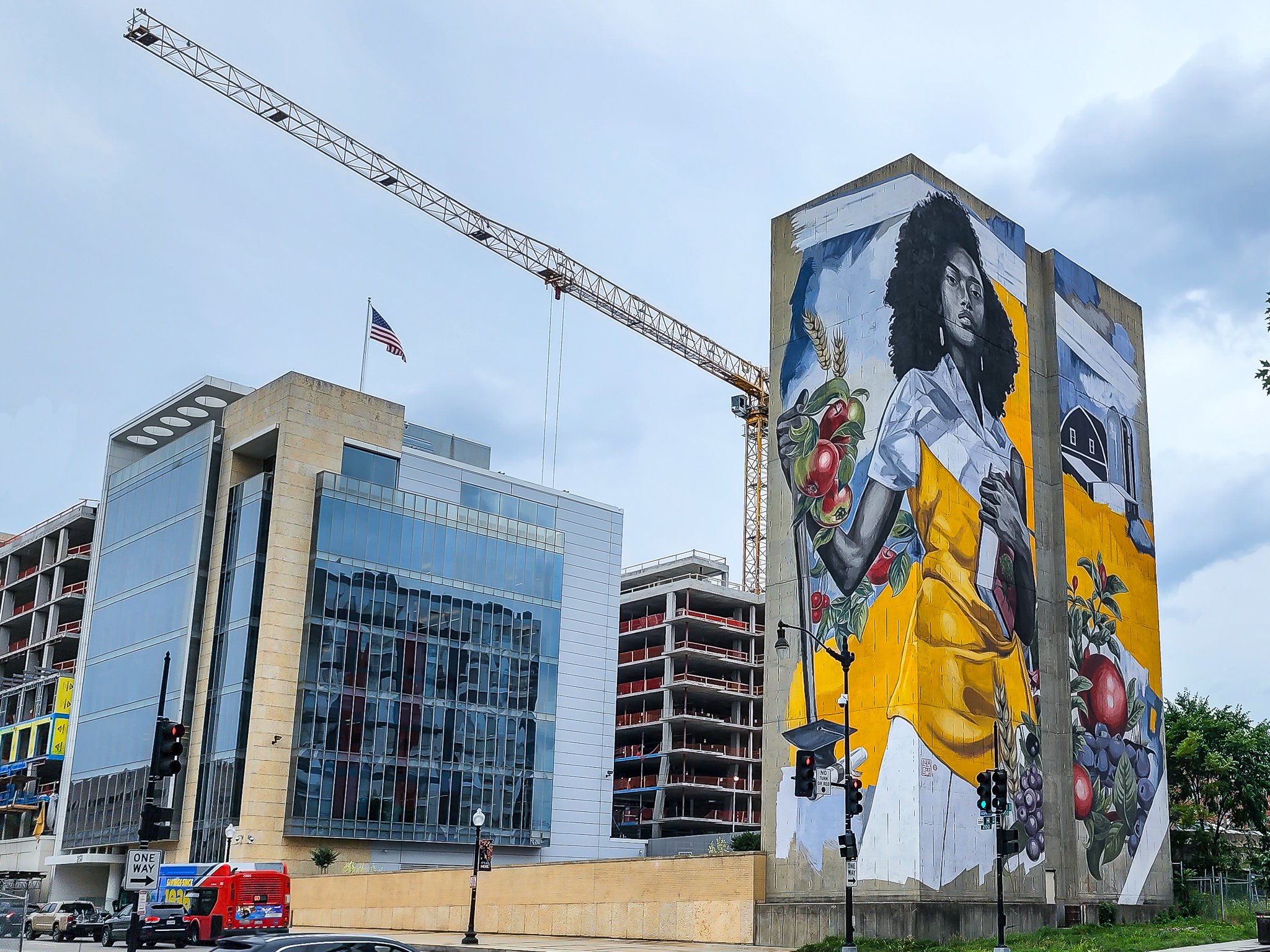Surprisingly, one of the more intriguing parts of my recent visit to the Afrofuturism exhibition was the exhibition booklet. Typically, the exhibitors booklet --if there even is one-- is a mostly ephemeral folded pamphlet with obligatory, but duplicate information. I will usually pick one up whenever I first enter a new exhibition, but if it looks like I won't get anything out to it, I put it back in the rack for the next person.
Not so with Afrofuturism: A History of Black Futures. Just as the NMAAHC has done with their exhibition websites, they have created a booklet that compliments and extends your experience beyond exhibition. It is deemed a "Cosmic Companion" and that rings true.
The booklet helps you plan your walk through the exhibitors with "Discover Treks," offers prompts and questions to enhance your visit beyond the objects, and even offers tips on how to interact with the museum itself; from defining the word "object" wo helping you manage the time you have to see it all. I really loved the booklet and have been flipping through it the past few days admiring the work that went into it.
As for the exhibition itself, it is a vast, but also focused on the evolving concept of Afrofuturism. Yes, it does concern the future, but also the past. It posits past and present struggles for freedom as afrofuturist in nature; reimagining a future of freedom and autonomy.
The exhibition delves into multiple disciplines such as music, movies, television shows, literature, comics, commentary, and poetry.
The objects and displays are broken up into three "Zones" -- 1) The History of Black Futures 2) New Black Futures 3) Infinite Possibilites. In between the Zones are "Portals," a tiny transitional story to the next section. There is even a looping replay of Gil Scott-Heron's "Whitey on the Moon" looping in one of the portals. Love it.
It's a vast exhibition that explores multiple aspects of what "future" has meant, and could mean as concept. This is a great follow up to the Smithsonian's FUTURES exhibition last summer at the Arts & Industries Building.
Afrofuturism will be open for exactly one year: March 24, 2023 - March 24, 2024. It's located on Concourse Level C1, the first thing you see on the left after talking the escalator from the ground level down to the lower level exhibitions.
Reserve tickets to the Museum here (link).




















